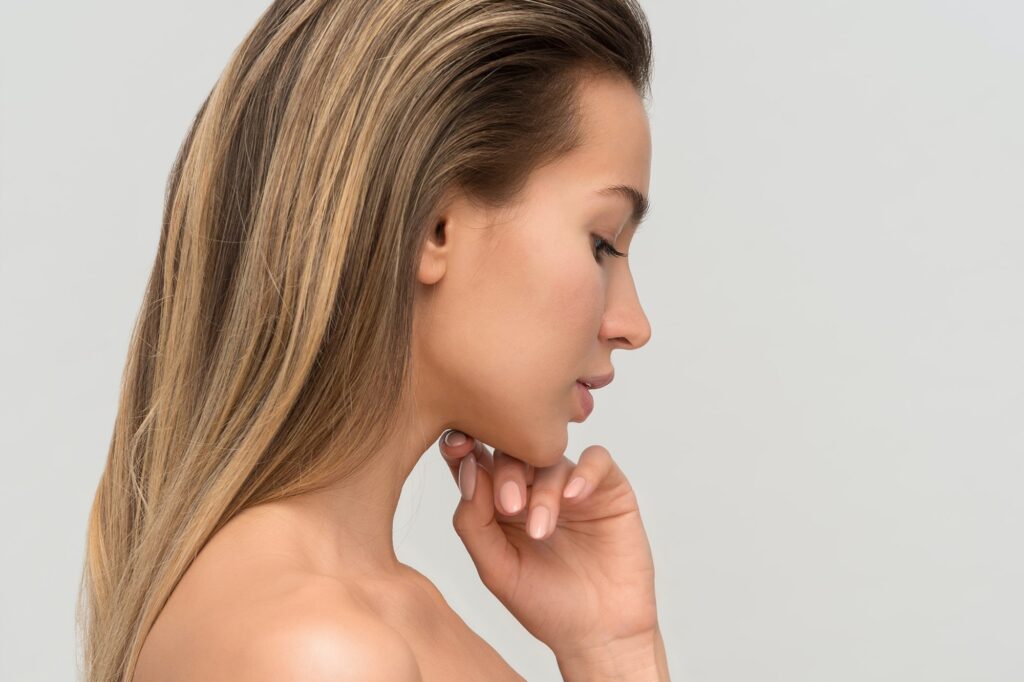A new patient is coming in for a first-time consultation. What happens next? Do you try to sell them something or spend time educating them to create a customer for life? Each patient requires a unique type of consultation based on their current knowledge, comfort level, and aesthetic goals. In this article, we will discuss communication strategies for naïve patients.
Expectations
The first visit should be a low-pressure consultation. Do not push patients to make big decisions on this visit. Instead, use it as an opportunity to understand the patients desired goals and then present options (with plenty of before and after visuals) to educate them about potential treatment options. This approach will ensure the patient leaves feeling confident, knowledgeable, and prepared to make the first step on their aesthetic journey.
- Preparation: Assemble the information you want to share with the patient before they arrive to make the best use of your time and to demonstrate your care and professionalism.
- Visuals: Utilize visuals such as before and after photos of results you have achieved for others. A picture is worth 1,000 words and will effectively align expectations between you and the patient.
- Comfort first: Check in often with the patient to ensure they understand what you are communicating and to ensure they are comfortable with where their aesthetic treatment plan is headed. Tell the patient they are welcome to call your office with more questions—this is a collaborative journey, and the consultation is just the first step. If the patient is in the information-gathering stage, they will most likely return to your website after the consultation, make sure it is up to date to support the information you shared during the in-person visit.
Educational Touch-Points
- Before the visit: The first educational touchpoint will be your website and digital channels. Ensure your website and social media pages are up to date and contain educational information to help first-time patients move from information gathering to call you for a consultation. Advertise free first-time consultations and outline your consultative process to make them feel comfortable reaching out.
- While they wait: Focus on the environment that you create for a first-time visit. Provide tea, water, or coffee in the waiting room and hand patients an iPad with a prepared first-time visit presentation that contains plenty of before and after photos to get them excited about their consultation.
- Take-home materials: Provide educational materials based upon the consultation to help patients with the at-home recall of your discussion and decision-making. Write notes on these materials to remind the patient of your personalized recommendations.
- During the consult: Think about the consultation room environment and where the patient should sit. Consider creating a designated consultation room that feels collaborative and consultative rather than medical.
Ways to Create a Comfortable Patient Experience
- Time: Book enough time for the consultation. Naïve patients often have more questions than experienced patients.
- Tone: Your tone and bedside manner goes a long way with naïve patients. You and your staff should be friendly and sensitive to the nerves a new patient may have.
- Collaborate: Ask questions to gain feedback and show your patients that you are listening to their concerns. Use visual aids to help as much as possible.
- Phased approach: Create a phased treatment plan. This will gradually ease a naïve patient into your practice and build the foundation of trust needed for a long-term relationship.
At Synergy Aesthetics, we are here to support you. Our team is available to speak with you should you have any questions, contact us today—Your Success is Our Success!
CONTACT US TODAY TO DISCUSS MORE STRATEGIES FOR ATTRACTING AND COMMUNICATING WITH NAÏVE PATIENTS



